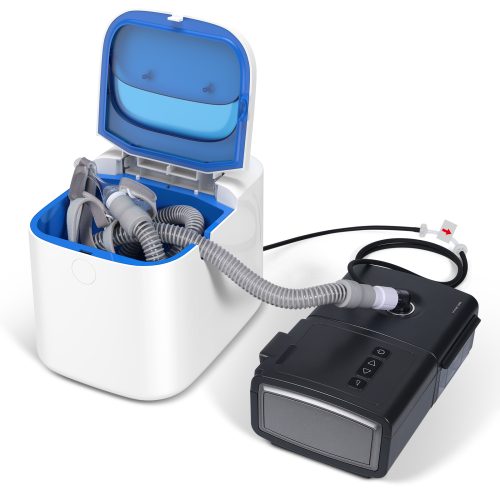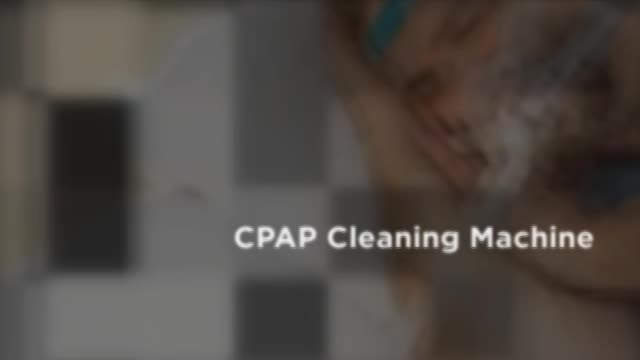Gain Higher Details About Cpap Cleaning Machine

Continuous Positive Airway Pressure (CPAP) devices are utilized in the treatment of sleep apnea caused by obstruction, in which upper airways in the nose and mouth get blocked while you sleep. They offer regular flow of air to allow patients to breathe easily while asleep, alleviating symptoms like daytime sleeping and snoring that is severe. Regular cleaning is advised for these devices in order to reduce the risk of bacteria accumulation and also debris building up.
CPAP devices aid millions patients overcome the ailment of obstructive sleep apnea (OSA) and causes interruptions or pauses in breathing as they sleep. The usage of one each night will help to reduce or eliminate these breathing problems as well as improve health.
Cleaning your CPAP equipment on a regular basis to reap the maximum benefits of it and make sure its condition is suitable for use. Unclean CPAP devices could be hosts for bacteria dust mites and various pollutant that pose threat to your health. Cleaning them is simple and straightforward using everyday items found around your home. cpap cleaning machine instructions will differ based on the CPAP maker and device, but generally speaking all removable elements should be cleaned using warm running water using mild soap. After that, they must be cleaned and dried before assembling them. This is because moisture might cause mold or growing bacteria.
Making use of a cpap cleaner can lower the risk of bacterial infections while providing relief from the discomforts associated with using the device, including dry skin and nasal congestion. There are many kinds of cleaners that are available. One also kills bacteria in the air!
cpap sanitizer machines are an great way to get rid of odors generated by the growth of bacteria on CPAP masks and hoses they also have ultraviolet light sources to destroy certain types of germs. This is especially helpful for people with allergies or sensitive skin. sanitizer for cpap devices can be used to both clean the tubing, hoses and masks. It is also used alongside a water tank for make the humidifier more hygienic. The machines emit to the air ozone that gets drawn into CPAP device through its filter. It purifies the air through the filters - keeping them free of germs, as well to removing any unpleasant odors creating in tubing.
Cleansing your CPAP equipment often is important and includes its equipment for headgear, cushioned masks and the hoses. Apply mild liquid soap using plenty of warm water to scrub each element before rinsing thoroughly before reassembling the device. If the humidifier has an additional reservoir with fresh distilled water every day.
A variety of products that claim automatic cleaning of CPAP equipment are now offered for sale, however no one has been approved by the FDA. According to FDA cautions, automated CPAP cleaners could release hazardous quantities of ozone gas and ultraviolet (UV) radiation that can cause respiratory health problems and may also exacerbate respiratory conditions such as asthma.
Coral UV Sanitizer was specifically made for the use of CPAP tools and medical equipment which makes it a cost-effective solution for cleaning CPAP equipment. The two products iSonic and Coral does not employ either UV or Ozone to disinfect your equipment as such, so they will not be able to fully disinfect your equipment, but that's not the purpose. SoClean 3 is FDA-approved as an additional solution following hand-cleaning can be bought from specific retailers.
Sinoriko uv cpap cleaner Sinoriko uv cpap cleaner utilizes both UV-C and Ozone methods that allow for thorough, hard-to-access cleaning of masks, hoses and even machines. Ozone is a disinfectant for your equipment, degrading harmful microorganisms in order to eliminate them in a matter of minutes. Likewise, ultraviolet-C radiation from hospitals destroys their DNA after only a couple of minutes to ensure effective disinfection difficult-to-access spots on machineries, hoses, and masks.

